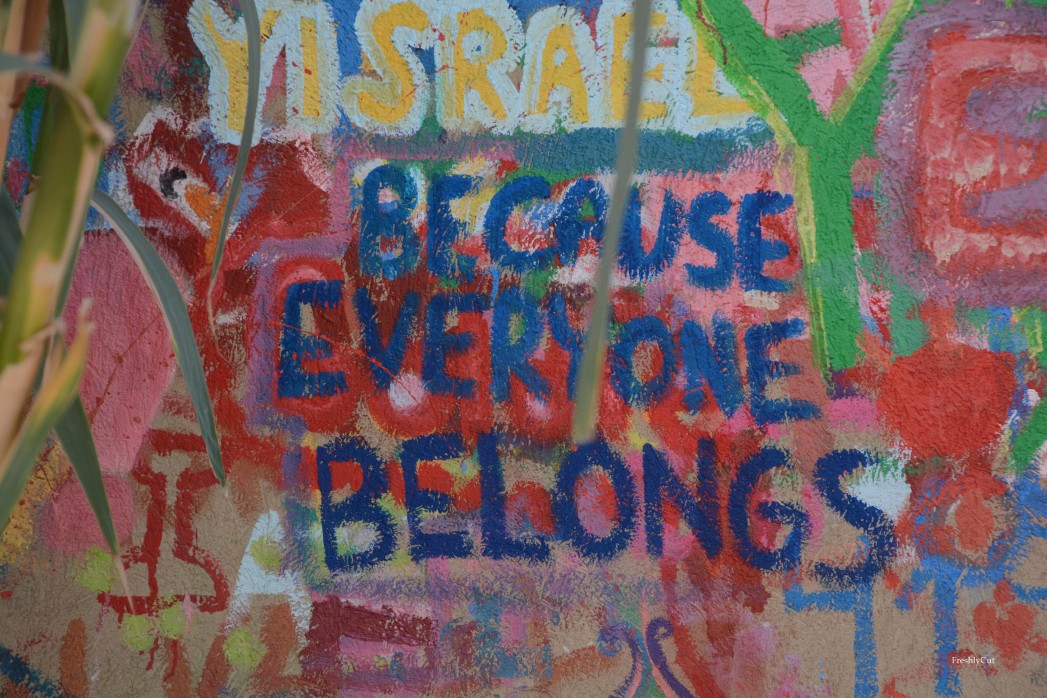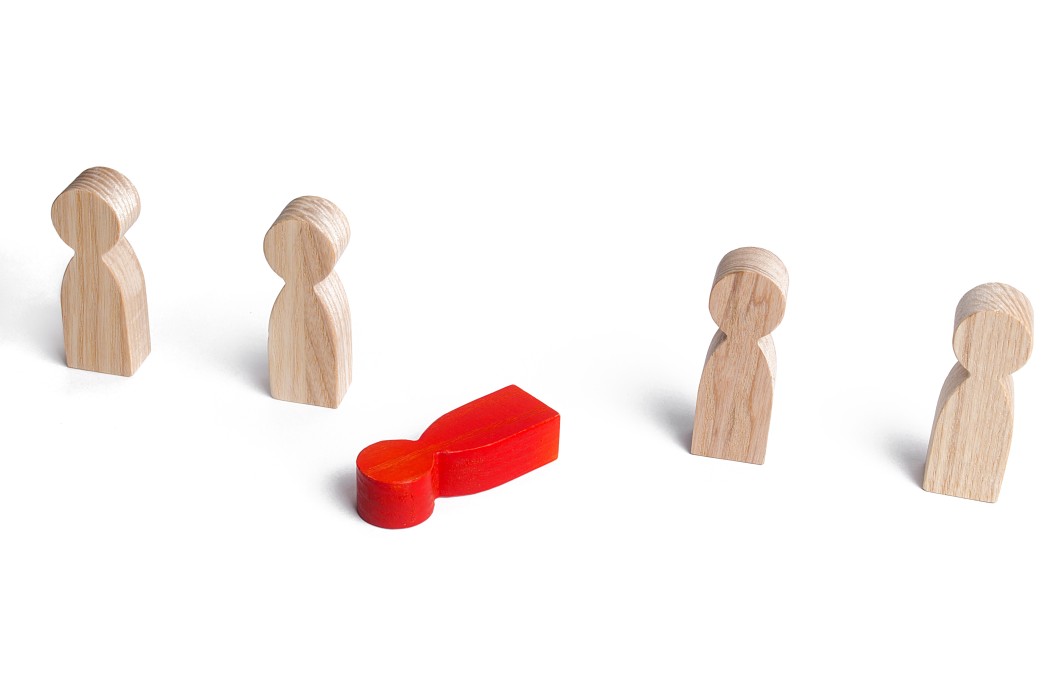Six Ways To Begin Measuring Diversity At Workplace

Written By: Ungender Blog Team
Several organisations are now beginning to understand the importance of measuring Diversity and Inclusion (D&I) at workplace, as a precursor to embarking on a D&I effort. In this article, we show you six quick ways to actually begin this.
D&I Is For The Full Organisation
While organisations can choose to focus on particular aspects of diversity, by choosing to recruit, for example, under-represented castes, classes or genders – the point of D&I is for every voice to find space.
With the effect that the pandemic and lockdown has had on everyone, inclusion and making sure that all colleagues are part of a “whole” that an organisation is, is more important than every before. Feeling isolated is a serious productivity risk. One way to ensure that your D&I efforts are working, especially in lockdown conditions, is to practice daily check-ins with your staff. Have peers set it up and connect with each other. Ask people how they are doing and ask everyone.
With COVID 19, from a diversity standpoint, we also need to ask what the needs are of each sub-group, including those working from home with children and those who are alone or those who are tackling signficant carework responsibilities and and might be in danger of burnout.
In terms of measurement and setting up D&I therefore, it is important to have a baseline source of data on everyone and how they are doing every day. That gives you the data that you need as a starting point to improve from.
Recognise That You Are Measuring The Immeasureable
One of the first things to recognise about D&I is that even if you have daily baseline data and a wonderful quantifiable framework, your measurement is not going to be perfect.



D&I is a cultural thing and like people, feeling change and people report different levels of happinesss and satisfaction all the time. The thing to recognise here is that some data is better than no data.
The number one way to make your peace with D&I efforts and the lack of ease in measuring it is to create your organisation’s own path and framework to D&I. Check out Conduct, a SaaS platform and product to help you understand D&I at your organisation.
The pandemic has created new challenges too, people who haven’t hitherto felt excluded or who have always found ways to buddy-up in physical workspaces might sometimes also find themselves more marginalised and isolated than they ever imagined. Creative teams, for instance, who are used to working in “huddles” might suddenly find themselves unable to express themselves similarly in online virtual environments.
Not everyone is also at the same level of confidence or technical ability to take to working online with ease and at the same pace as everyone else. Perhaps someone’s work profile prior to the pandemic didn’t require the use of computers much, but now it does. There is going to be a coping challenge.
Sometimes things that don’t seem directly relevant, such as ease with language or technology, also matter to D&I goals. These items also need baseline measurement. The Conduct platform uses many such metrics to build a thorough diversity profile of your organisation’s staff.


Create An Organisational Path To A Diverse and Inclusive Culture
Every organisation has a unique DNA and has aspects and ways in which they want to be able to succeed on the D&I path. Data and measurability is one part of it. The other important part is setting up a framework. This process must involve leadership as much as possible and must do two main things:
- Chart out Focus Areas & Simple Doable Actions. What are the small things that can tangibly done? Perhaps policy wordings need tweaking? Policy referesher trainings via webinar can be organised?
- Prioritise. What are your top-three goals in the short term? Do you want to focus on infrastructure, hiring or deeper cultural and behavioural change?
Particularly in the pandemic, for instance, it may help to refine and re-priortise your goals for your team from a D&I perspective. For example, many of Ungender’s interviews with senior HR leadership reveal that mental health is a growing concern.
Involve Senior Leadership
Through all the industry interviews we do, the one common-thread to succesful work culture changes is the interest and push provided by senior folks at organisations. Get your leadership interested, at the board and CEO level. Show them the data, make the benefits visible – from a compliance perspective. Most senior leaders are more than happy to be pulled into efforts like this and their experience counts. Include them. A senior technical leader or an HR person could be the leader for other leadership, find an ally in leadership.
The pandemic is a great opportunity to discuss these issues with your leadership because nearly all leadership is grappling with a hugely changed business environment.
Develop Humility and Listen
For all and every organisation that has ever embarked on the D&I workplace journey, the main point has been the journey and learning. Trying to make a workplace inclusive is a challenging endevour. It involves changing how you build infrastructually, how you recruit, how your govern, how you cost and even how you pay and measure performance.
There is no singular idea of diversity and no singular roadmap to success. With D&I the idea should be make a dent, make a signficant change and measure that Most Signficant Change, as opposed to ticking checkboxes on a D&I checklist.


Push and Build Peer Support Groups
D&I efforts also rest on cultural change and a large part of the struggle is for those people who have historically been excluded, to be included, many for the first-times in their lives. Organisations that understand this must also commit to developing community and Employee Resource Groups or peer support networks for under-represented groups within organisations.
This is easier to get started on that it seems, because people automatically self-segment themselves into clusters based on commonalities of background, ethnicities and regional language. Conduct helps organisations understand these clusters as they exist in your organisation curently, at baseline. With a baseline understanding one can then plug gaps faster.
Also #Must Read:
Five Indian Companies That Give Period Leave
12 Books On Diversity And Inclusion For Indian Managers At Work
Ungender Insights is the product of our learning from advisory work at Ungender. Our team specializes in advising workplaces on workplace diversity and inclusion. Write to us at contact@ungender.in to understand how we can partner with your organization to build a more inclusive workplace.
Read our insights about diversity, legal updates and industry knowledge on workplace inclusion at Ungender Insights. Visit our Blog.
Sign up to stay up-to-date with our free e-mail newsletter.
The above insights are a product of our learning from our advisory work at Ungender. Our Team specialises in advising workplaces on gender centric laws.
or email us at contact@ungender.in




